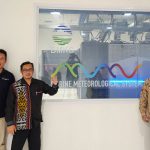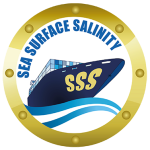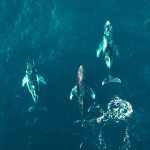← Back
One Planet Summit: Protecting marine biodiversity from Space
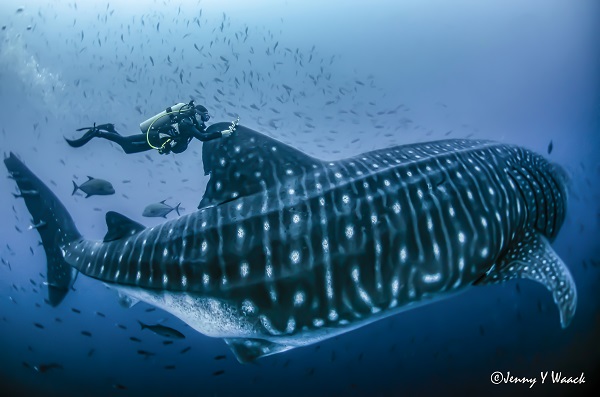
The damage to ecosystems is currently at an all-time high and will continue to have major consequences on our lifestyles in the coming years, reminding us that biodiversity is the key to our future.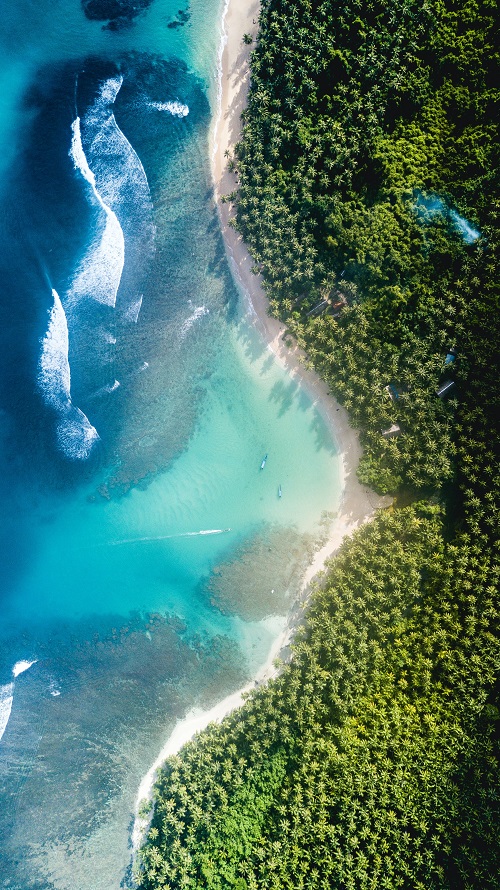
The ‘One Planet Summit’ taking place today in Paris brings together heads of state and government as well as leaders of international organizations, financial institutions, the business sector and NGOs, all ready to make commitments for concrete action to preserve and restore biodiversity, to make strong new announcements and to launch transformational initiatives for nature.
Among the four themes being addressed is the protection of terrestrial and marine ecosystems. Protected areas, and the conservation of the species that live there, play a key role in the protection and restoration of biodiversity.
The setting up of a Marine Protected Area (MPA) requires in-depth knowledge on the behavior, presence, interactions, migration corridors and species dispersion in a specific zone. As the sole provider of Argos data to the scientific community, CLS has been lending its expertise in wildlife monitoring for over 30 years as well as providing a variety of services applicable to each step taken when implementing an MPA ranging from habitat modelling to sound analysis.
Discover CLS’ Argos Telemetry solutions
Christel Delmas, Head of Telemetry at CLS, discusses the challenges of Marine Protected Areas

Christel Delmas, Head of Telemetry for Environmental & Climate Monitoring Applications, CLS
What are the challenges in creating and managing MPAs?
The creation of a marine protected area and its management represent major challenges. An interdisciplinary, inter-agency and sometimes inter-state approach is often necessary. A key step in the success of effective management is the collection of high quantity, accurate and quality data and observations particularly in 3 main areas:
- Ecosystems: continued habitat protection is required for example, predicting natural phenomena such as sargassum in order to limit their impact. It is also important to be able to manage population dynamics.
- Human Activity: perhaps one of the biggest challenges facing MPAs today is finding a balance between conserving marine ecosystems and human activity.
- Changes to the Environment: the ability to understand and monitor the changes in the oceans is essential when trying to protect marine ecosystems. Without this, it’s impossible to know which necessary measures to take.
How can CLS accompany MPA management?
CLS works hand in hand with scientists, governments and international organizations to protect and conserve marine ecosystems and biodiversity through wildlife monitoring and surveillance projects by providing Argos satellite data, modelling and prediction tools.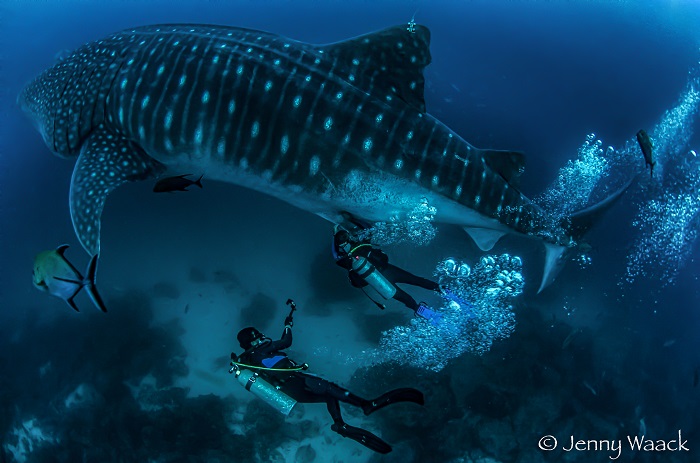
A recent example, using data collected via Argos, occurred with the Galapagos Whale Shark project. In 2020, for the first time, a Whale Shark, now named Coco, surprised the team when she went directly from the Galapagos to the Isla de Coco in Costa Rica. This was exciting news as the data collected has now given the tools needed to lobby for an extension of the Galapagos Marine Reserve. This data is irrefutable proof that whale sharks, among other species, are feeding and breeding in particular areas and, as such, need to be protected.
Additionally, our unique combination of optical sensors onboard Earth Observation satellites, SAR sensors and our fully scalable operational drift model provides the perfect solution to monitor natural phenomena such as sargassum. In parallel, our team of more than 100 oceanographers works daily to characterize and understand the world’s oceans providing marine biologists with physico-chemical conditions in which marine populations evolve.
CLS has also worked actively with fishermen and fisheries administrations to develop and implement Vessel Monitoring Systems (VMS) and catch reporting solutions to monitor and control fisheries and manage them sustainably.

